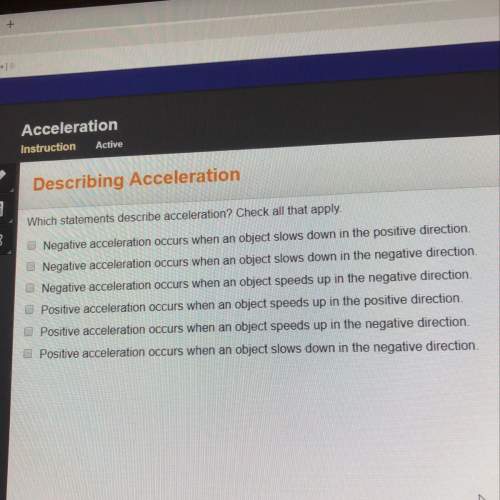
Physics, 11.07.2019 00:30 AllisonMcruther
addition of two spin-1/2 angular momenta (30 points) consider a composite particle composed of a bound state of two spin-1/: 2 particles a and b. as examples, this could be the electron and a proton in a hydrogen atom, or two electrons paired in a superconducting state (a cooper pair). here we ignore the orbital angular momentum, and concentrate just on the spin angular momentum. (in the real world, one has to worry about the orbital angular momentum as well, but we will get to that next semester.) a). to begin with, assume that the two particles have general spin values sa and sp. each particle has its own spin operators: sa, sa, and sa, for particle a, and s, s, and sp, for particle b, as well as separate spin quantum numbers, which we may label as sa and ma for particle a, and sb and mp for particle b. including only spin, the basis vectors may be written as (18) (note that a single state must identify a spin configuration for both particles) the spin operators for particle a and particle b are independent. given this, write down the result of the operations of (sa)2, (sb)2, sa, and š3 on a general two-spin state of the form sa, ma; sb, mb). keep sa and sb fully general in this part (b). now let the the particles both have spin-1/2, so that 8a = 8b = 1/2 because these numbers will never change, it is "boring" to write them over and over again, and so we may just write the spin states of the paired particles as (19) 2 how many different states are there for two spin-1/2 particles? list them all if you like, you may use the standard notation of using the uparrow () and downarrow (l) symbols to denote m = 1 /2 and m =-1/2, respectively, so that (20) we will take the full set of allowed states to form the basis for our hilbert space (c). when particles a and b are combined into a composite particle, it is often useful to ask about the total spin of the composite. in particular, interactions with other particles and fields will often depend upon the total spin, so we would like to determine what that is define the total spin vector operator as (21) are the states you listed in part (b) eigenstates of s? if yes, give the value m for the quantum number associated with s for each of your eigenstates, and give a general relation between m and ma and mb. (note: m can be different

Answers: 3


Another question on Physics

Physics, 22.06.2019 03:30
What is the momentum of a 2 kg object moving at 15 meters per second
Answers: 1

Physics, 22.06.2019 07:00
Hen a gfci receptacle device is installed on a 20-ampere branch circuit (12 awg copper), what is the minimum volume allowance (in cubic inches) required for conductor fill for each conductor in the outlet box?
Answers: 1

Physics, 22.06.2019 09:10
The air that we breath is made mostly of which gaseous molecule
Answers: 1

Physics, 22.06.2019 10:30
Aparticle moves in the xy plane with constant acceleration. at time zero, the particle is at x = 6 m, y = 8.5 m, and has velocity ~vo = (9 m/s) ˆı + (−2.5 m/s) ˆ . the acceleration is given by ~a = (4.5 m/s 2 ) ˆı + (3 m/s 2 ) ˆ . what is the x component of velocity after 3.5 s? answer in units of m/s.
Answers: 1
You know the right answer?
addition of two spin-1/2 angular momenta (30 points) consider a composite particle composed o...
Questions



History, 22.01.2020 20:31




Physics, 22.01.2020 20:31



Mathematics, 22.01.2020 20:31

Social Studies, 22.01.2020 20:31





Biology, 22.01.2020 20:31

Spanish, 22.01.2020 20:31

Mathematics, 22.01.2020 20:31


Chemistry, 22.01.2020 20:31




